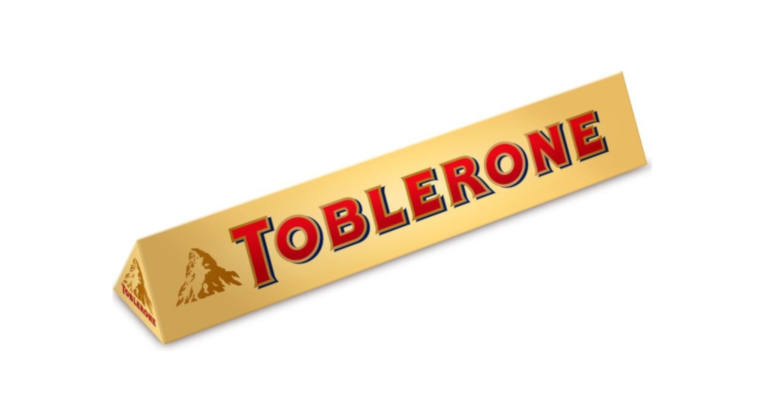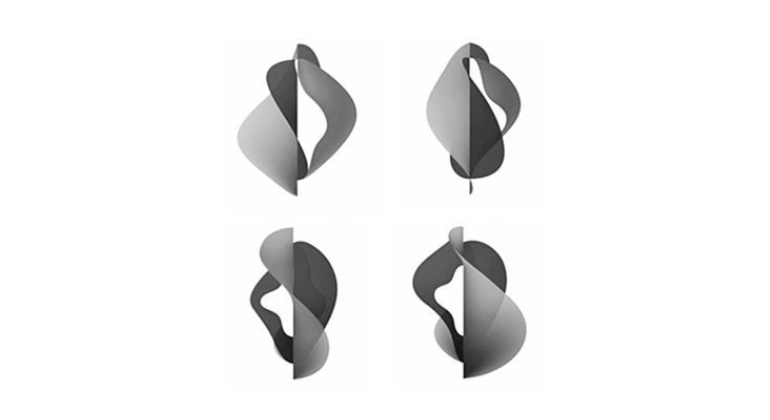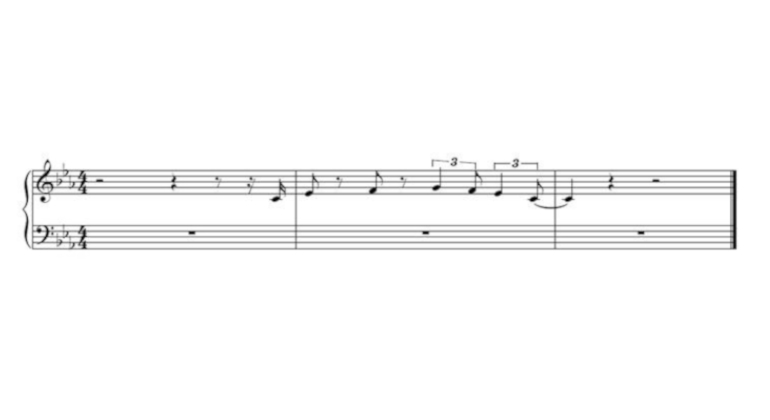What do you think? Is the distinctive stripe on these sneakers a design or a trade mark? In this particular case, it is actually an unusual type of trade mark. The sneaker manufacturer VANS had the stripe affixed on exactly this position on the shoe protected as a position mark.







